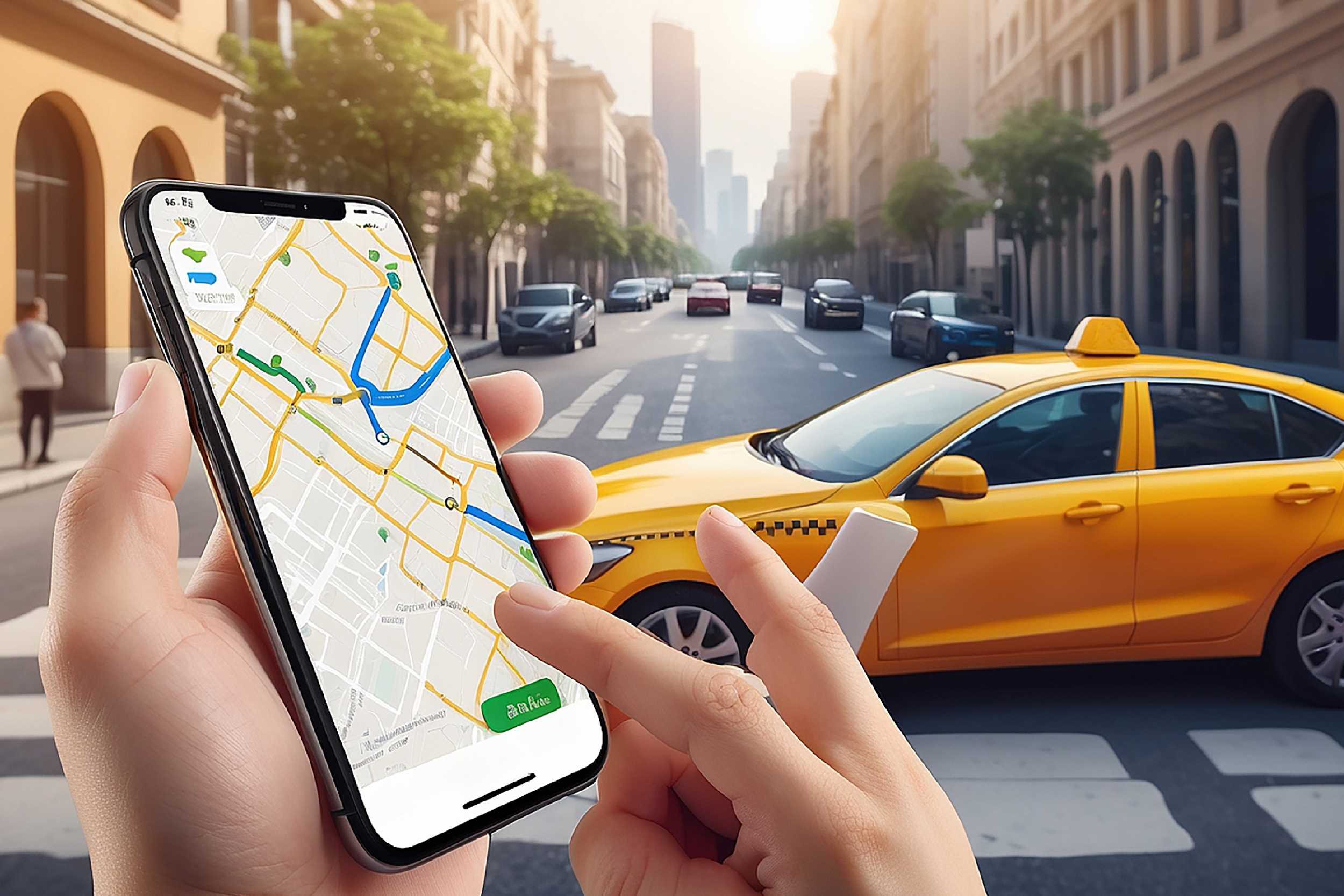Careem, a pioneer in the taxi-hailing app industry, has redefined urban transit with its reliable and user-friendly service. Its unique features, such as real-time tracking and a variety of payment options, have set it apart in the market.
If you’re thinking about entering this market, you should develop a taxi app like Careem, as it might be a very profitable endeavor. In this article, we’ll go over the stages needed to develop such an app and the costs associated with it, inspiring you to take the leap into this potentially lucrative market.
Key Takeaways:
Careem-like taxi app development involves:
- Careful planning
- Working with the best mobile app development companies.
- Having a thorough grasp of customer expectations.
You can design a compelling and competitive solution by putting user experience first, concentrating on key features, and utilizing developers’ skills.
Understanding Fundamentals
Before diving into the development process, let’s understand the fundamental components of a taxi app:
1. User Interface (UI)
The UI ought to be simple to use, aesthetically pleasing, and intuitive. Functionalities such as ride booking, payment processing, registration/login, and feedback submission should be implemented.
2. Driver Interface
Drivers require their own interface to handle ride requests, navigation, earnings, and other pertinent responsibilities.
3. Admin Panel
Using an admin panel, a platform administrator can monitor and control several elements, such as user accounts, driver assignments, fares, promotions, and analytics.
4. Integration of GPS and Mapping
Real-time tracking and mapping features are critical for effective navigation and ride tracking.
5. Integration of Payment Gateways
Safe and easy payment handling that accepts a variety of payment options is essential.
6. Rating and Feedback System
Including a rating system allows clients to comment on their encounters, guaranteeing accountability and quality control.
How does Careem operate?
Let’s examine the features of the Careem application in more detail:
Tracking capabilities
Careem’s unmatched user-friendliness and real-time tracking capability make it a remarkable product.
Easy to use
Careem guarantees that passengers have flawless booking experience. The application puts the user’s convenience first, from picking pick-up and drop-off locations to selecting vehicle kinds.
Rating and Review System
Careem values passenger feedback highly, encouraging them to evaluate their experiences and post reviews. This not only helps maintain service quality but also reinforces accountability, making passengers feel their input is truly valued.
Payment methods
Careem provides a variety of payment methods, including credit/debit cards, cash, and digital wallets, for consumer convenience.
Steps Involved in Building a Taxi App
Step 1: Planning and Market Research
It’s essential to perform in-depth market research before you begin designing your taxi app. This will determine who your target market is, evaluate the competition, and ensure that you’re addressing a legitimate market need.
Once you’ve identified your target audience and assessed the market demand, it’s time to plan out your app’s features and functionalities with the help of a mobile app development company. Consider factors such as user preferences, competitor analysis, and technological feasibility. This planning phase will guide the development process and help you focus on delivering value to your users.
Step 2: Design and Prototyping
With a clear plan in place, it’s time to bring your app to life through design and prototyping. Start by creating wireframes and mockups outlining the user interface and experience. Focus on making the interface intuitive, user-friendly, and visually appealing. This stage is vital for fine-tuning your app’s design and validating that it meets your intended audience’s needs.
Step 3: Programming and Development
Select the appropriate stack of technologies for your application and start developing it. This entails developing your application’s front-end and back-end parts and incorporating necessary functionalities like user login, GPS tracking, and payment processing. During this stage, cooperation between developers and designers becomes vital to a productive and seamless development process.
Step 4: Quality Control and Testing
It is imperative that you properly test your software for bugs, flaws, and usability concerns before making it available to the public. Perform thorough testing on various hardware and operating systems to guarantee compatibility and functionality. This testing step aims to find and fix problems before they affect the user experience. After testing is finished, make any required adjustments and improvements to ensure your software is ready for release.
Enhancing Your Taxi App Development Process
There are other factors to consider and actions that app developers can take to improve the process and guarantee the success of your taxi app:
Client Assistance and Support
- Deliver a variety of customer service channels, including email, in-app chat, and a help center.
- Instruct customer care agents on effectively and professionally addressing user questions, grievances, and feedback.
- Establish a mechanism for handling consumer complaints, settling disputes, and paying users for any problems or inconveniences.
Constant Improvement
- Create a procedure for gathering user input, examining usage statistics, and prioritizing features and enhancements.
- Regularly update and upgrade the software to meet user requests, resolve bugs, and boost overall performance.
- To stay on top of the game and keep a competitive advantage, keep an eye on competitor offerings, industry trends, and technology developments.
Data Analytics and Insights
- Use analytics tools to monitor performance indicators, app usage trends, and user behavior.
- To learn more about consumer preferences, industry trends, and potential areas for development, analyze data.
- Use data-driven decision-making to maximize app features, pricing schemes, and marketing efforts.
Legal and Regulatory Compliance
- Verify that your app conforms with applicable laws pertaining to data protection, local transportation restrictions, and other legal requirements.
- If you don’t, you can be hit with penalties, legal action, or even have your service shut down.
Scaling and Expansion
- As your app becomes more and more well-known, be ready to increase your services and scale your infrastructure to keep up with the demand.
- This could entail expanding into new areas or cities, recruiting more personnel, and updating servers.
Marketing and Promotion
- Make marketing and promotion investments to spread the word about your app and draw in new users.
- Consider tactics like influencer collaborations, social media advertising, and referral schemes to expand your user base and boost brand awareness.
Costs Involved in Building a Taxi App
Initial Investment
Building a taxi app like Careem is a significant investment. You’ll need to budget for expenses such as hiring developers, purchasing software tools, and covering legal and licensing fees. The exact development cost will depend on factors such as the complexity of your app, the size of your development team, and your location.
Ongoing Expenses
While the initial investment is significant, budgeting for ongoing expenses is equally important. These include server hosting, cloud services, maintenance and updates, and marketing. By planning for these expenses, you’re ensuring your app’s long-term success and sustainability.
The above are the two inevitable costs, but the cost to create an app like Careem ranges anywhere between $50,000 and $1,50,000 or greater.
Conclusion
Although creating a taxi app similar to Careem is a difficult task, it is completely doable with careful strategy, implementation, and continuous improvement. You may position yourself for success in the cutthroat market of ride-hailing apps by being aware of the milestones in the development process and allocating funds for related expenses. Urban transportation could greatly benefit from your app if you put a lot of effort, creativity, and attention into providing value to your consumers.










